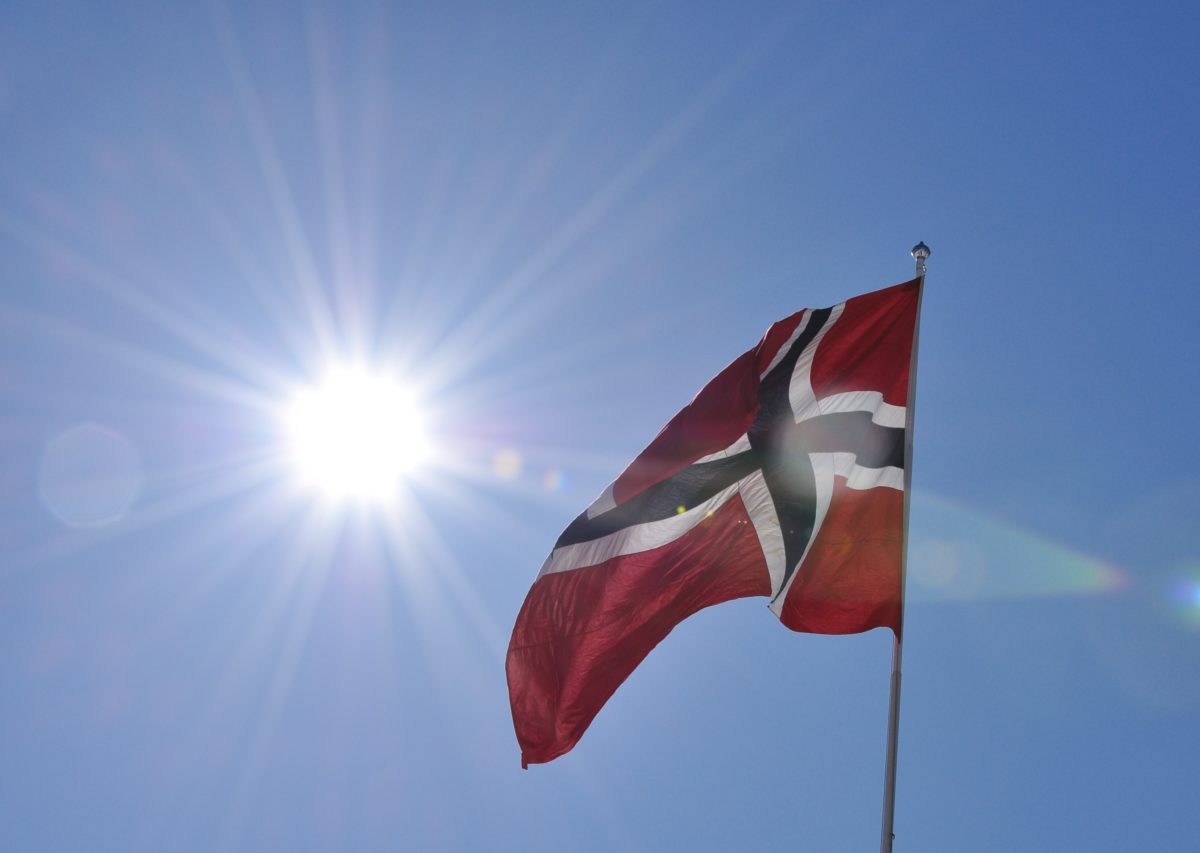For the second year in a row, Norway has registered strong growth in PV installations, with around 18 MW of newly installed capacity in 2017.
If compared with other European markets, this result may not seem remarkable, but if we take into account the solar radiation of Europe’s northernmost country, and the fact that real incentives were introduced only recently, the growth of the Norwegian solar sector over the past year represents a clear sign of the maturity of PV technology.
According to new statistics released by local consultancy company, Multiconsult, which were published on the website of Norwegian solar association, Solenergiklyngen, the country’s cumulative capacity reached 44.9 MW as of the end of December 2017.
Last year’s additions represented a 59% increase compared to 2016, in which new additions totaled around 11 MW. In 2016, however, the market registered its largest annual growth, which totaled 366%.
The report reveals that solar was able to grow last year in Norway despite low power prices and weak support for solar energy projects, and thanks to improved PV costs and efficiencies.
The authors of the report also present different scenarios of the future growth of PV in the Scandinavian country. Overall, they expect cumulative installed solar power to range between 3 GW and 6 GW by 2030.
“The biggest growth and profitability is on commercial buildings. Especially larger building owners such as Oslo municipality, OBOS and Asko have paved the way for others, and shown that solar energy will be an important part of the future's environmentally efficient building. Solar energy is no longer a matter of specialists, but an important part of Norway's future energy mix, together with hydropower,” said Solenergiklyngen’s CEO, Trine Kopstad Berentsen.
The growth of the last two years has mainly been due to the fact that issues related to the uncertainty over the rules on self-consumption and green electricity certificates were resolved at the beginning of 2016.
Under the revised “Plus Customer” scheme (Plusskundeordningen), power utilities are required to buy power from PV system operators, while prior to 2016, the scheme was voluntary and power providers could decide if they paid PV system operators or not.
This content is protected by copyright and may not be reused. If you want to cooperate with us and would like to reuse some of our content, please contact: editors@pv-magazine.com.




5 comments
By submitting this form you agree to pv magazine using your data for the purposes of publishing your comment.
Your personal data will only be disclosed or otherwise transmitted to third parties for the purposes of spam filtering or if this is necessary for technical maintenance of the website. Any other transfer to third parties will not take place unless this is justified on the basis of applicable data protection regulations or if pv magazine is legally obliged to do so.
You may revoke this consent at any time with effect for the future, in which case your personal data will be deleted immediately. Otherwise, your data will be deleted if pv magazine has processed your request or the purpose of data storage is fulfilled.
Further information on data privacy can be found in our Data Protection Policy.